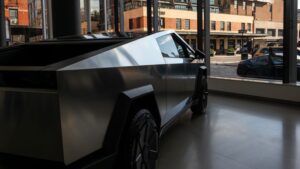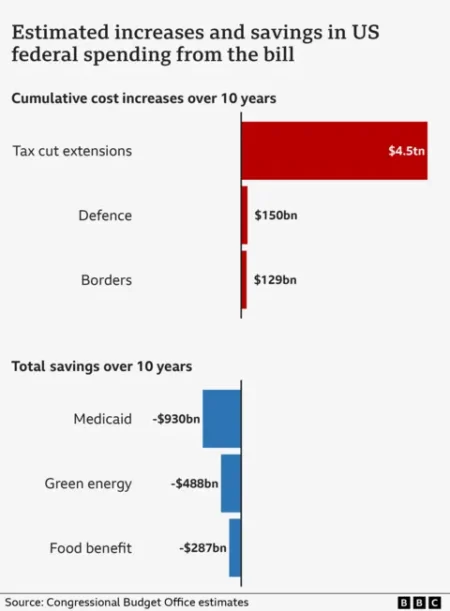The article presents an insightful appraisal of Tesla’s Cybertruck, revealing its underwhelming sales performance amidst expectations set by its CEO, Elon Musk. This analysis first appeared in the CNN Business Nightcap newsletter, a resource for readers looking to stay updated on significant business news.
To begin with, the initial claim that the Cybertruck is a flop is not merely sensationalism; it is rooted in a careful examination of Tesla’s delivery numbers. According to reports released, Tesla managed to deliver approximately 384,000 vehicles worldwide from April to June, marking a stark 13.5% decrease compared to the prior year. Such a decline foreshadows potential issues within the company’s structure and market approach.
The obscured nature of Tesla’s model-specific sales figures means that interpreting these numbers accurately can be challenging. The company records overall sales figures and only classifies them into two broad categories: the Model 3 and Model Y, and “other models” that include the legacy Model S, Model X, and obviously the Cybertruck itself. In the second quarter, the sales figures for “other models” plummeted to about 10,400, which represents an alarming 52% drop from the previous year’s number of over 21,500.
What particularly stands out is the ambiguity surrounding the exact number of Cybertrucks sold. A closer look at registration data from the first three months of the year indicates that of approximately 12,900 “other” models sold, around 7,100 were Cybertrucks. This suggests that if the same trend continued, estimates posit that the Cybertruck sales in the second quarter languished between 5,000 and 6,000 units. That places the vehicle behind competitive alternatives like the Ford F-150 Lightning and electric models from GM, despite the electric truck market becoming increasingly saturated.
Moreover, it’s essential to highlight Musk’s stated ambition of achieving annual production figures of 250,000 Cybertrucks by 2025, a target that feels increasingly elusive with each passing quarter. As the halfway mark of the year approaches, Tesla’s actual performance barely registers on the same scale as those aspirational projections.
Various factors appear to contribute to the Cybertruck’s lackluster sales. Its high price range of $80,000 to $100,000 could deter potential buyers. The decline in EV tax credits may also limit its market viability, putting a strain on customer purchasing power. However, the unconventional design may be the most significant barrier. Constructed from stainless steel, the appearance of the Cybertruck has divided opinions and may fail to appeal to wider audiences. Furthermore, concerns surrounding recalls and performance issues have arisen, with owners reporting a real-world range of only about 200 miles, which conflicts starkly with the initially promised distance of 500 miles.
Beyond the technical specifications and design, there remains a social aspect influencing consumer behavior. The Cybertruck has unintentionally become emblematic of certain political ideologies, particularly those associated with the extreme right and certain public figures who have endorsed it. This association can cast doubts for potential buyers, many of whom may hesitate to invest in a product that symbolizes politically charged sentiments.
While the Cybertruck’s failures have emerged as a focal point of concern, it’s crucial to contextualize this within Tesla’s broader operational challenges. The electric vehicle industry is rapidly evolving, and competitors like Rivian, Ford, and GM are actively carving out significant market shares. Internationally, Tesla faces pressure from Chinese manufacturers such as BYD, which recently surpassed the one million electric vehicle sales mark in the first half of the year compared to Tesla’s approx 721,000 units sold during the same timeframe.
Despite these obstacles, Tesla’s stock has shown remarkable resilience, gaining nearly 300% over the last five years. The faithful supporters on Wall Street remain bullish on Musk’s vision, despite the company’s drifting trajectory. As potential economic shifts loom, observers are left to wonder how much longer Tesla can continue its growth while encountering persistent bumps in the road to establishing the Cybertruck as a feasible competitor in the electric vehicle market.
This narrative highlights the intricate dynamics of Tesla’s strategy and the vehicles it produces, urging onlookers to consider both the ambitious vision and the challenges that accompany it, especially under Elon Musk’s leadership.











